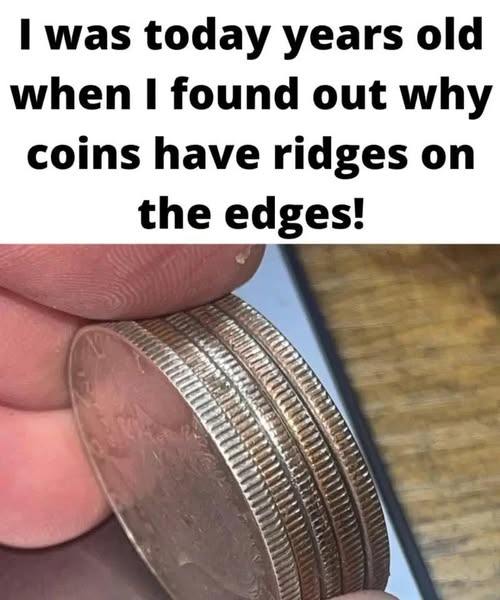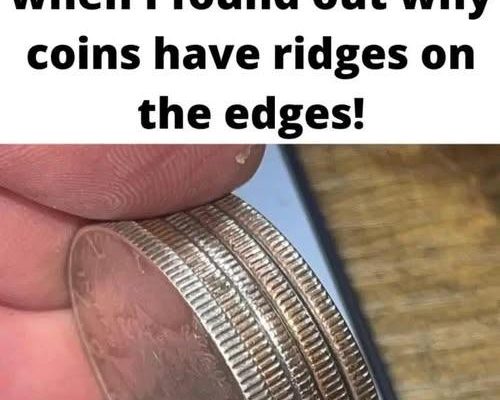

They’ve passed through countless hands, slipped into meters, stacked on counters, and flipped to make choices—but have you ever really examined a quarter? Run your thumb along its edge? Those tiny ridges, called “reeds,” aren’t decorative—they’re centuries-old security technology. In the 17th century, coin clipping was rampant.
Thieves shaved small amounts of silver from coin edges, amassing bullion while spending seemingly full-value coins. This threatened entire economies, and something had to be done. Enter Sir Isaac Newton, Warden of the Royal Mint in 1696. His solution: reeded edges. The grooves made it impossible to shave coins without detection—clipped coins revealed uneven or broken ridges.
Newton even personally prosecuted counterfeiters, restoring trust in currency. Today, dimes, quarters, and half-dollars retain ridges, even though they are no longer made of silver. The reeding continues to serve three purposes: Security—counterfeiters struggle to replicate exact ridge patterns, and banks and vending machines detect fakes using edge sensors. Accessibility—for the visually impaired, tactile differences help distinguish coins.



